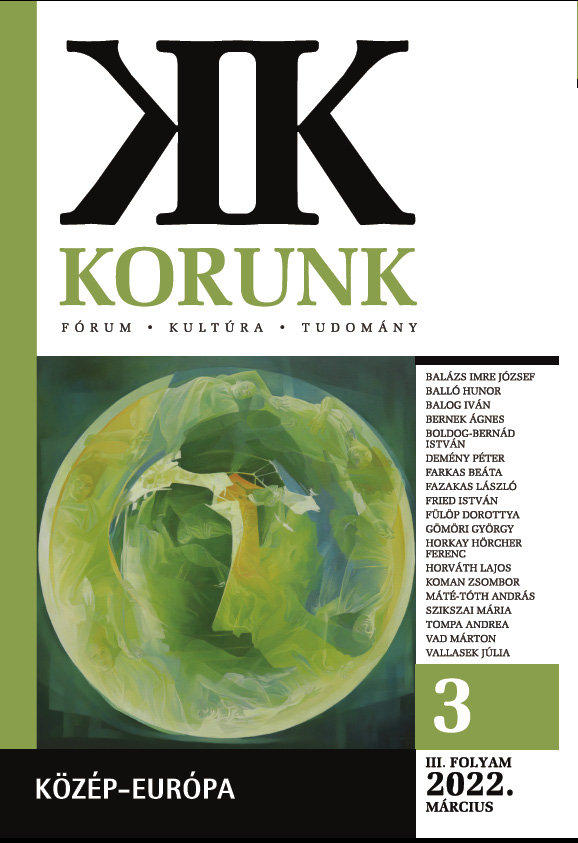Közép- és Kelet-Európa – a jelenleg formálódó eurázsiai erőtér új kaputérsége?
Central and Eastern Europe – A New Gateway Zone to the Emerging Eurasian Continent?
Author(s): Ágnes BernekSubject(s): Transformation Period (1990 - 2010), Geopolitics
Published by: Korunk Baráti Társaság
Keywords: Eurasia, gateway region; gateway zone; North-South Baltic-Adriatic axis; Southeast-East European axis
Summary/Abstract: This paper seeks to answer how the geopolitical situation of the Central and Eastern European region can be repositioned within a changing political and economic environment of the 21st century with a particular focus on the emerging Eurasian supercontinent. From 2013, with the announcement and launch of the Chinese “One Belt One Road” infrastructure and economic development program, the Eurasia concept was granted a new and exclusively economic interpretation. The role of a gateway zone is to establish connections between the spheres of the great powers. The territorial units of gateway zones are gateway cities and the gateway regions forming their hinterlands. In the Central and Eastern European region, there are four gateway regions along the north-south Baltic-Adriatic axis (the Baltic, the North Adriatic, the Central European and the Eurasian gateway regions) and two further gateway regions are along the southeast-east European axis (the Mediterranean and the Black Sea gateway region). A priority of the near future is to build links between the two main axes and among the six gateway regions.
Journal: Korunk
- Issue Year: 2022
- Issue No: 03
- Page Range: 14-22
- Page Count: 9
- Language: Hungarian

